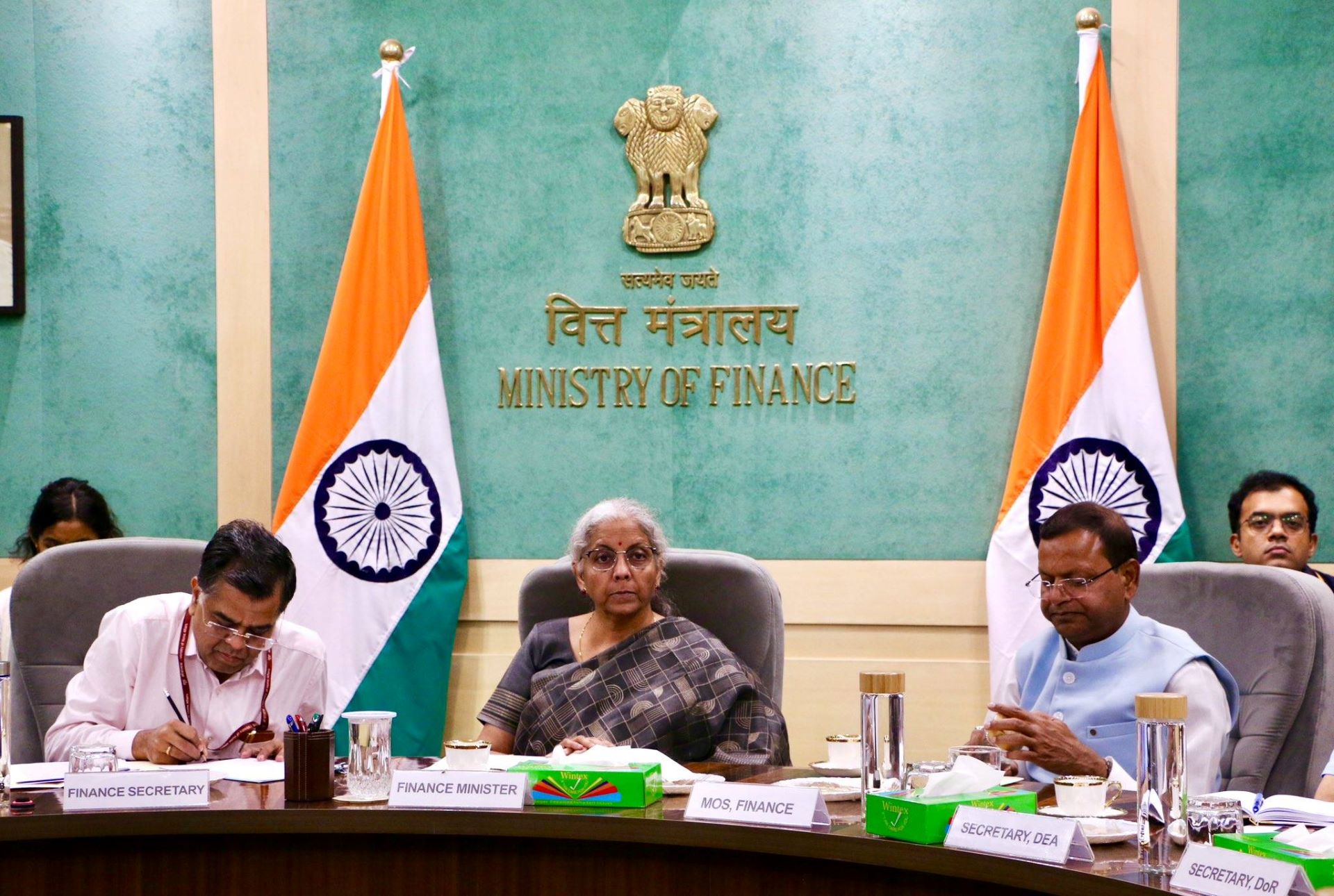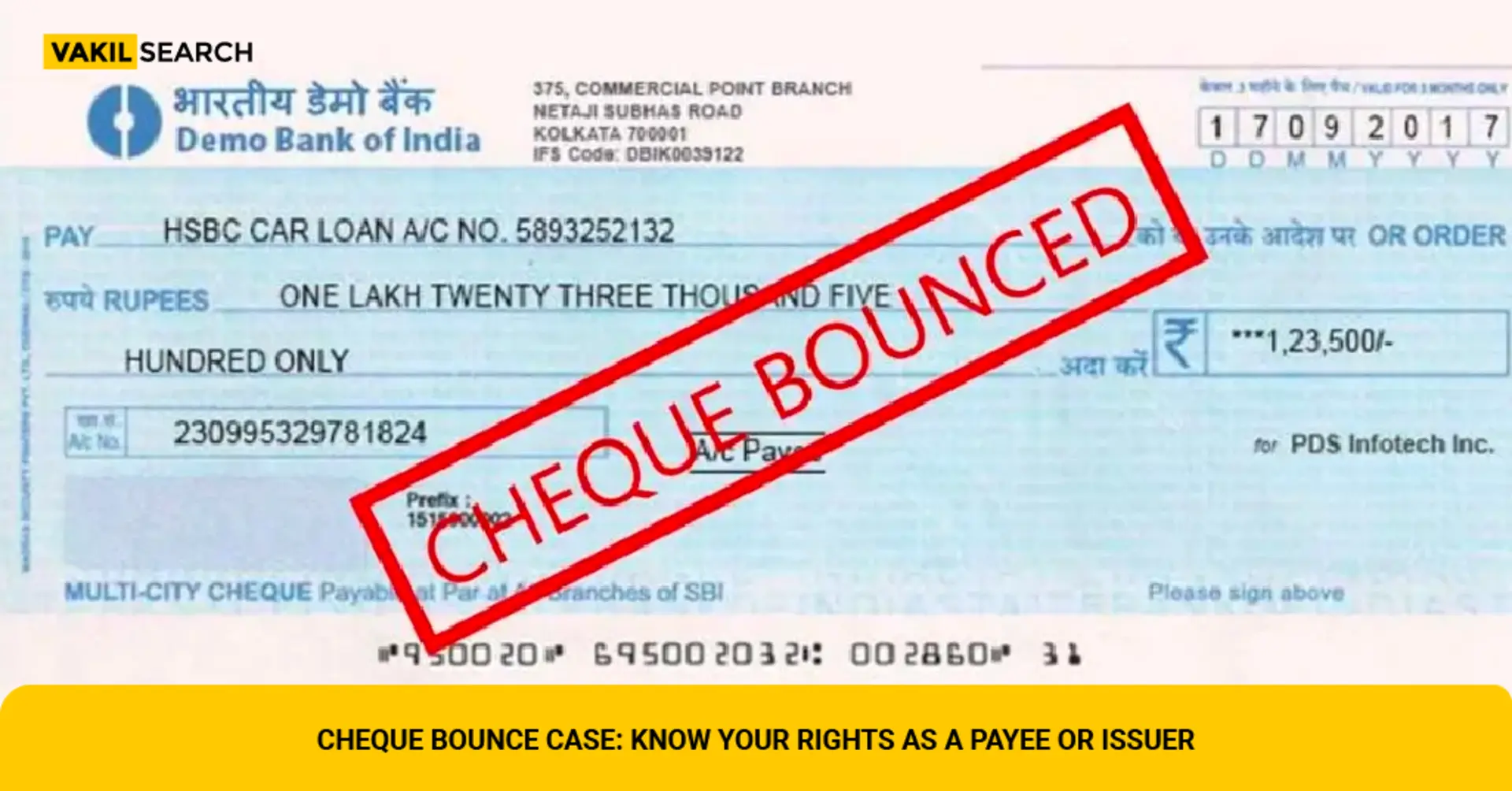
Finance Minister Nirmala Sitharaman presented the first budget of Modi 3.0, marking a delicate balance between political considerations and economic necessities. The interim budget for 2024 offers insights into the government's priorities and challenges as it navigates coalition politics and prepares for more significant reforms in the future.
Middle Class: A Token of Appreciation
The budget introduced minor changes to the income tax structure, primarily benefiting the middle class. The new tax regime saw an increase in the standard deduction, providing a benefit of 25,000 rupees to salaried individuals. Additionally, the tax slab for incomes between 3 to 6 lakh rupees was adjusted to 6 to 7 lakh rupees, resulting in some savings for taxpayers.
However, these changes are viewed as more of a gesture of gratitude to voters rather than substantial relief. Given the rising cost of living and inflation, the tax concessions appear modest. The finance minister's approach suggests a shift in philosophy, emphasizing individual responsibility for savings while the government focuses on maintaining lower tax rates without offering extensive exemptions.
Market Reaction: Unease in the Stock Market
The budget announcements led to significant unrest in the stock market. Several measures impacted investor sentiment negatively:
- Long-term capital gains tax increased from 10% to 12.5%.
- Securities Transaction Tax (STT) for futures and options trading doubled.
- Changes in property indexation benefits.
- Increases in short-term capital gains tax rates These changes were perceived as unfavorable for the investment climate, leading to a sharp decline in the stock market post-budget. However, small investors received some relief with the exemption of tax on capital gains up to 1.15 lakh rupees from mutual funds in a year.
Focus on Small Industries and Employment
The budget placed considerable emphasis on small industries and job creation. A package of five schemes worth 2 lakh crore rupees was announced to address unemployment concerns. The government also introduced measures to facilitate easier loans for small businesses through banks, indicating a continued focus on this sector.
Interestingly, the budget lacked mentions of previous flagship schemes like Smart Cities or the Ganga Mission, suggesting a shift in priorities or a more subdued approach to mega-projects.
Coalition Politics at Play
A significant political aspect of the budget was the allocation of nearly one lakh crore rupees in direct assistance to two states with coalition partners - Andhra Pradesh and Bihar. This move underscores the government's effort to maintain political stability within its alliance.
The budget's structure and allocations reflect the challenges of managing a coalition government, with a clear attempt to keep alliance partners satisfied while addressing broader economic concerns.
Looking Ahead: Expectations for 2025
Finance Minister Sitharaman's interim budget is seen as a precursor to more substantial reforms expected in the full budget of February 2025. The current budget appears to be laying the groundwork for future economic policies while addressing immediate political and economic needs.
Experts suggest that the outcomes of this interim budget will likely inform significant changes in various crucial sectors in the upcoming full budget. The government's approach indicates a focus on continuity with minor initiatives across different areas, though their overall impact on economic growth, job creation, and demand stimulation might be limited.
In conclusion, the 2024 interim budget represents a careful balancing act by the Modi government. While offering token relief to the middle class and addressing coalition demands, it also sets the stage for potentially more sweeping reforms in the near future. As India navigates complex economic challenges and political realities, all eyes will be on the full budget of 2025 for more substantial policy directions and economic reforms.














